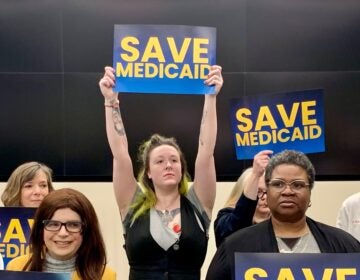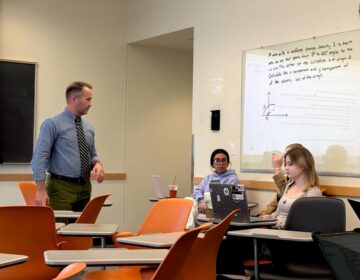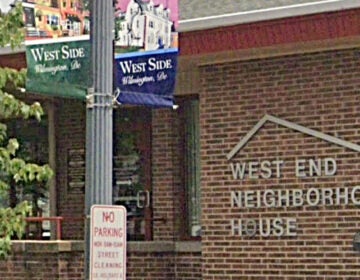The Tornoe Spin: Delaware finally has a budget. Now let’s consolidate the schools

After much hand-wringing and an unwillingness by Republicans (and one Democrat) to even consider changing our out-of-date income tax code (more on this later), Delaware lawmakers finally agreed on a budget for the next fiscal year.

After much hand wring and an unwillingness by Republicans (and one Democrat) to even consider changing our out-of-date income tax code (more on this later), Delaware lawmakers finally agreed on a budget for the next fiscal year.
Don’t applaud, it’s their job.
Unfortunately, because of the backwards way they came up with new revenue to balance the budget, it’s likely we’ll all be right back at it around this time next year.
Just enough time for me to squeeze in some opinions on the never-ending argument to consolidate our bloated school district situation.
Currently, the First State devotes 19 school districts, including three vo-tech districts, to serve nearly 136,000 students. In Dover, a town with fewer than 40,000 people, there are three school districts, including a separate district for Polytech, with serves about 1,200 students.
Jump across the border and compare that with the Montgomery Country Public School District in Maryland, which serves more students (nearly 160,000) than all Delaware’s 19 districts combined. Fairfax County Public Schools educate over 186,000 students. Prince George’s County Public Schools serve 130,000 students.
You get the point.
Last week, the legislature passed a resolution that establishes… wait for it… a new task force that will take a deep dive into what impact consolidating districts in Delaware might have.
There’s some debate about whether consolidating schools into fewer districts would save a significant amount of money due to several factors, like the surprising fact that teachers aren’t paid the same across the state. Lower paid educators would need to be “leveled up” to match their higher-paid counterparts.
I find it hard to believe that reducing 19 districts down to say six or seven wouldn’t reduce a lot of duplicative spending. But even if those savings don’t end up totaling millions and millions of dollars, I’d rather have my tax dollars going to pay teachers more than having them used to support an unnecessarily bloated overhead structure created by the fiefdoms our current system encourages.
Maybe the consolidation would also level up services, like the fact that many districts no longer have librarians serving their students. According to WHYY’s Cris Barrish, Christina School District (the largest in the state) no longer employs librarians in its six middle and high schools. Christina students can only access books if the teacher takes the entire class. Yet Red Clay found room in their budget to not only maintain, but enhance its libraries and commit to staffing them with librarians.
“With budget cuts everybody has to take their share, but it’s pretty much like our share isn’t any different than anyone else’s share,” said Judith Conway, the district’s director of unified arts.
Also overlooked in the discussion over consolidation are the savings that could come from limiting corruption at the school district level by streamlining the state’s approach to public education.
Last month, the Sussex Technical School District Board of Education voted to place senior administration officials on leave after a state audit revealed widespread financial mismanagement by the district. They are far from the first district to get caught misspending taxpayer’s cash, and the less districts and administrators we have in the state, the less opportunity there is for someone to run amok with the public’s money.
So let’s see what this task force has to say. I’d say I’m optimistic, but I doubt most of 19 superintendents running things won’t be too keen on giving up their titles.
—-
Rob Tornoe is a cartoonist and a WHYY contributor. Follow Rob on Twitter @RobTornoe.
WHYY is your source for fact-based, in-depth journalism and information. As a nonprofit organization, we rely on financial support from readers like you. Please give today.





